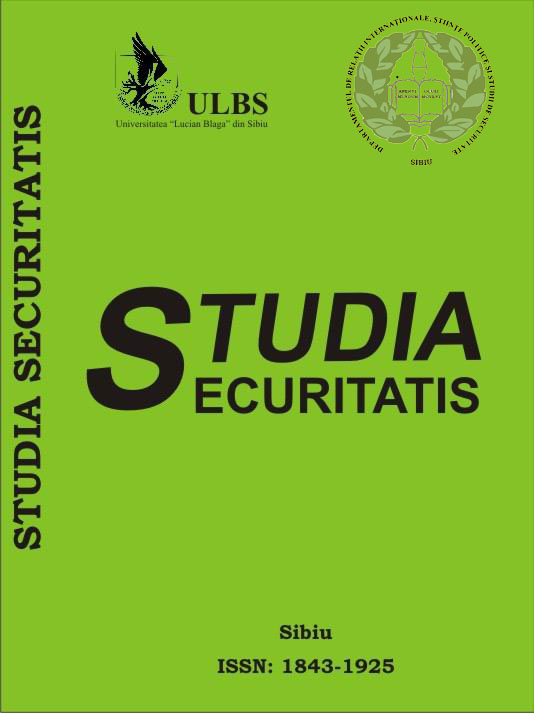GEOPOLITICAL ASPECTS OF THE ROMANIAN TERRITORIAL
LOSSES FROM SUMMER 1940
GEOPOLITICAL ASPECTS OF THE ROMANIAN TERRITORIAL
LOSSES FROM SUMMER 1940
Author(s): Pavel MoraruSubject(s): Politics / Political Sciences
Published by: Editura Universitatii LUCIAN BLAGA din Sibiu
Keywords: Romania;, Bessarabia; annexation; geopolitics; the Second World War; U.R.S.S.; Germany
Summary/Abstract: The Romanian territorial losses from summer 1940 represented the worstperiod from the history of the country. That situation was caused by theinternational context, especially by the German and URSS expansiontendency. The two countries signed the Molotov-Ribbentrop Pact (23 august1944) and divided into occupation zones the territory between Black andBaltic Sea.According to the German-Soviet agreement from June 28, 1940, the URSSannexed Bessarabia and the northern part of the Bukovina. So, they camecloser to Prahova Valley which was a very important source of petroleumfor Germany. The annexation of the two Romanian territories made Hitlerto impose upon Romania the Vienna Award (from August 30, 1940) andrapidly to prepare and apply the Barbarossa Operation.
Journal: Studia Securitatis
- Issue Year: 1/2015
- Issue No: 3
- Page Range: 89-101
- Page Count: 12
- Language: Romanian
- Content File-PDF

